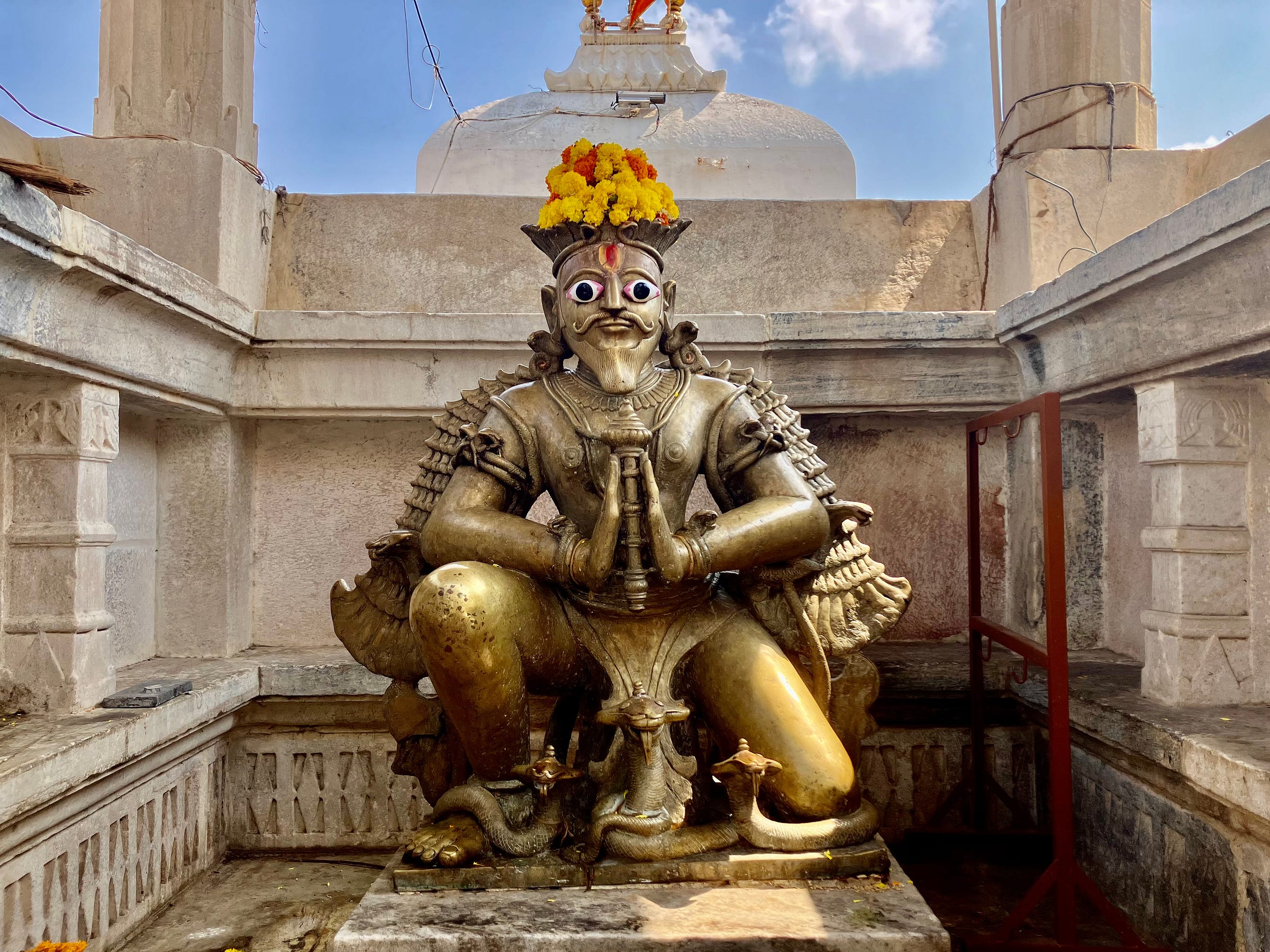Numb in India, part 5: Jai Shri TV
Hinduism as fandom, plus my pitch for the London Review of Gods
Once again, Numb at the Lodge is on holiday. Paid subscribers can join us in a brain-melting tourist odyssey across the past and future of Indias real and imagined. The really good stuff is behind the paywall: this time, it’s about how India entered the society of the spectacle two thousand years ago and the god dwelling inside every TV. If you want to come along, all you have to do is click the button below:
Today I’m writing from a jail cell in Mumbai. I’m accused of having something to do with the murder of Baba Siddique, a politician I’d never even heard of until I came here. I don’t even know if Baba was his name or a nickname or a title or what, but last month Baba Siddique was gunned down by three contract killers outside his office, and now I’m here.
If nothing terrible happens before the next instalment, I’ll explain how I ended up in this position. In fact, before I was arrested I’d written a fair amount about Mumbai, featuring several brilliant insights. (Did you know that this city is very large? And that its people include both the extremely rich and the extremely poor?) It’ll have to wait. In the meantime, last weekend was Diwali, India’s biggest festival. Outside, I’m sure, there were diyas flickering on every windowsill, the whole endless metropolis glowing with a warm and welcoming light: from the glass windows of the skyscrapers, from the reeking holes in the slums. I’m sure the sky was bright with fireworks. I’m sure everyone danced in the streets. But where I am, the only light comes from a single fluorescent tube, and it’s been buzzing with its stark grey pallor ever since they threw me in here. No candles or dancing in my windowless cell, but I still get to hear the firecrackers. For maybe one hundred hours over the Diwali weekend there were constant firecrackers, maybe one every three seconds. As far as I can tell—although I can’t tell much from in here—people are setting off these things entirely at random. While waiting for the bus, strolling out of a restaurant, in the middle of the day, sitting in the park, fielding in a cricket game—chuck a firecracker: bang. The sound is muffled through the concrete but I can still hear every single one of them. Like gunshots. Apparently, when Baba Siddique was assassinated, he was idly throwing firecrackers on the street. The shots that killed him melted into the general din. You could hide an entire war in this city and nobody would know.
Everyone knows that Diwali is about celebrating the victory of good over evil and light over darkness. As meanings go, this is not very impressive. (A religion that upholds good over evil? Does your culture also value food and hospitality?) But if it sounds generic, that’s because it is. Officially, Diwali doesn’t actually commemorate anything in particular. In the south of India, it celebrates the time Krishna defeated the demon Narakasura. In Bengal, it celebrates the time Kali defeated the demon Raktabija. India, famously, has a lot of gods. But if you spend any amount of time here, it becomes clear that these days there’s only one, and the other gods have become a kind of supporting cast around him. Outside a few scattered minor cults, the god of India is Lord Ram. I’ve been to any number of Hindu temples notionally dedicated to Lakshmi or Ganesh, with a female or elephant-headed shape in the garbhagriha, but through the loudspeakers dotted around the place disembodied voices continually chant Jai Shri Ram. That same phrase has become a Hindu nationalist rallying cry; it’s what the mobs shout when they burn Muslim neighbourhoods. And for the majority of this country, Diwali is about Ram too: it celebrates his return to the kingdom of Ayodhya after his fourteen years of exile, in which he defeated the demon Ravana. (Defeating demons is a big deal here.) The story of Ram is deeply ingrained in this country: most people will never read the Ramayana, and a lot of Hindus have a very vague sense of their own religion, but this particular narrative is the scaffolding that supports the world. Ram, the hero, the perfect man. Sita, the perfect bride. Ravana, who contains every evil. Outsiders can try to study Hinduism through its vast archive of holy texts, the hoary chants of the Vedas, the philosophical Upanishads, the weird and brilliant stories of the Puranas, or maybe through yoga, meditation, spiritual communion—but the real core of it is that everyone knows the story of Ram and Sita before they can walk. This narrative is in the blood, like microplastics. Which is a shame, because once you strip away the poetry of the ancient text, the story of Ram is a very insipid fairytale.




